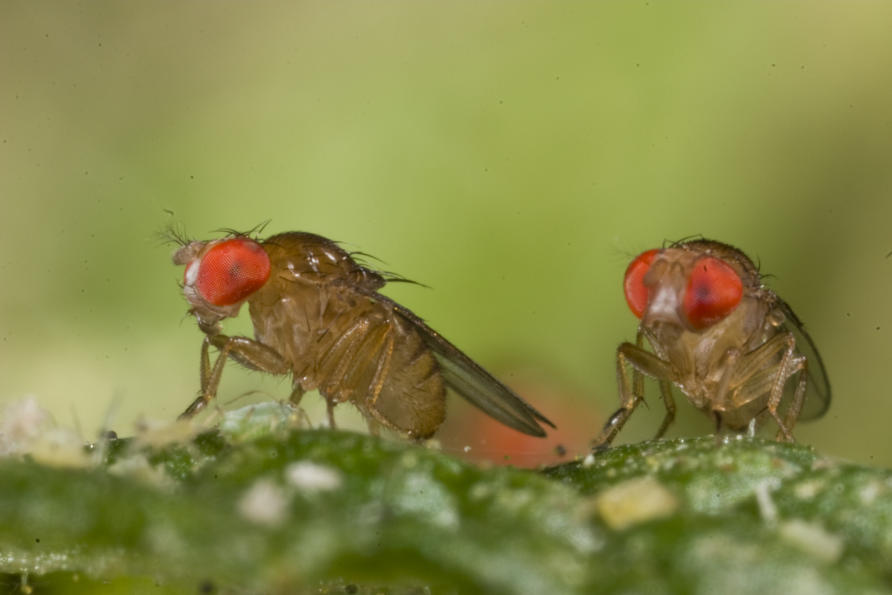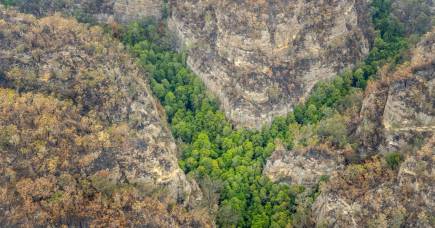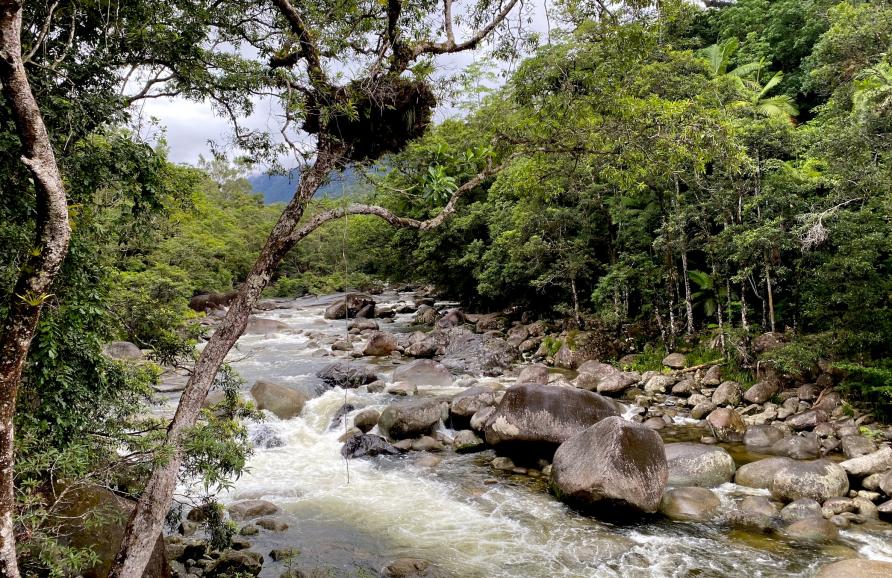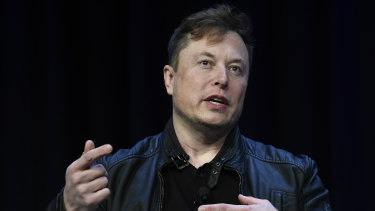22 tonnes of COVID-19 supplies from Russia arrive in India
Suhasini Haidar, THE HINDU
NEW DELHI,
APRIL 29, 2021
A plane carrying the batch of medical aid for India to help the country tackle the outbreak of the coronavirus disease (COVID-19) is pictured at Zhukovsky Airport in Moscow Region, Russia on April 28, 2021. Photo: Russian Emergencies Ministry via Reuters | Photo Credit: Reuters
Cargo includes ventilators, oxygen concentrators and medicines
Two planeloads of COVID-19 supplies from Russia landed here on Thursday, comprising about 22 tonnes of ventilators, oxygen concentrators and medicines, including a Russian-made version of the widely used drug Favipiravir.
Also read: U.S. COVID-19 assistance en route to New Delhi
The cargo, that came as a grant from Moscow, followed a telephone call between Russian President Vladimir Putin and Prime Minister Narendra Modi late on Wednesday, in which the two leaders decided to upgrade contacts and institute a “2+2” format of talks between Foreign and Defence Ministers.
“Further development of bilateral relations of the especially privileged strategic partnership was discussed, including a schedule of contacts at various levels,” a statement issued by the Kremlin said, noting that Mr. Modi had thanked Mr. Putin for the aid, which is in “great demand” in India.
Also read: COVID-19 | France to send medical supplies to India
The Russian flights operated by Emercom included 20 oxygen production units, 75 lung ventilators, 150 medical monitors and 2,00,000 packs of medicine.
As The Hindu had reported earlier, Russia decided to cut back on a promise to deliver 3,00,000-4,00,000 injections of Remdesivir produced in Russia as part of a compulsory licence as it would violate the U.S. patent, and India now hopes to source about 4,50,000 vials directly from Remdesivir developer Gilead Sciences Inc. in the U.S.
The Russian aid is part of an international effort that now involves about 25 countries, and has meant a major policy shift for the government, which has refused to accept foreign aid for more than 17 years, as India faces an unprecedented number of Coronavirus cases, deaths and a shortage of oxygen and medicines.
Also read: Coronavirus | Oxygen, medical supplies likely from 15 countries
“Russia is closely watching the situation in India, which is becoming more and more alarming due to the Coronavirus pandemic,” said Russian Ambassador Nikolai Kudashev in a video statement, adding that Russia had appreciated India’s gesture in 2020 of making stocks of the drug HCQ available to the country.
“The only way to defeat Coronavirus is to unite and help each other,” he added.
India and Russia are also discussing how to ramp up production of Sputnik V vaccine, which is also being accepted in parts of the subcontinent like Bangladesh. Indian companies are expected to produce about 850 million doses of the vaccine annually, with production expected to begin in May.
“The leaders welcomed the registration of the Russian Sputnik V vaccine in India and noted its high efficiency and safety,” the Kremlin statement on the Modi-Putin conversation read.
The decision to begin a 2+2 format of talks between Delhi and Moscow is significant as it comes ahead of a planned visit by Mr. Putin for the annual dialogue in the second half of the year. At present, India holds annual “2+2” consultations with its Quad partners — the U.S., Australia and Japan.
RUSSIA WAS A COLD WAR ALLY WITH INDIA, WHICH WAS A MEMBER OFH TE NON ALIGNED NATIONS. THE US AND PAKISTAN WERE ALLIES DURING THAT PERIOD.



















